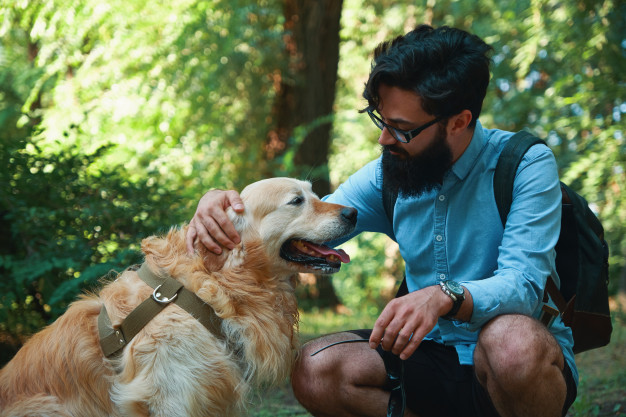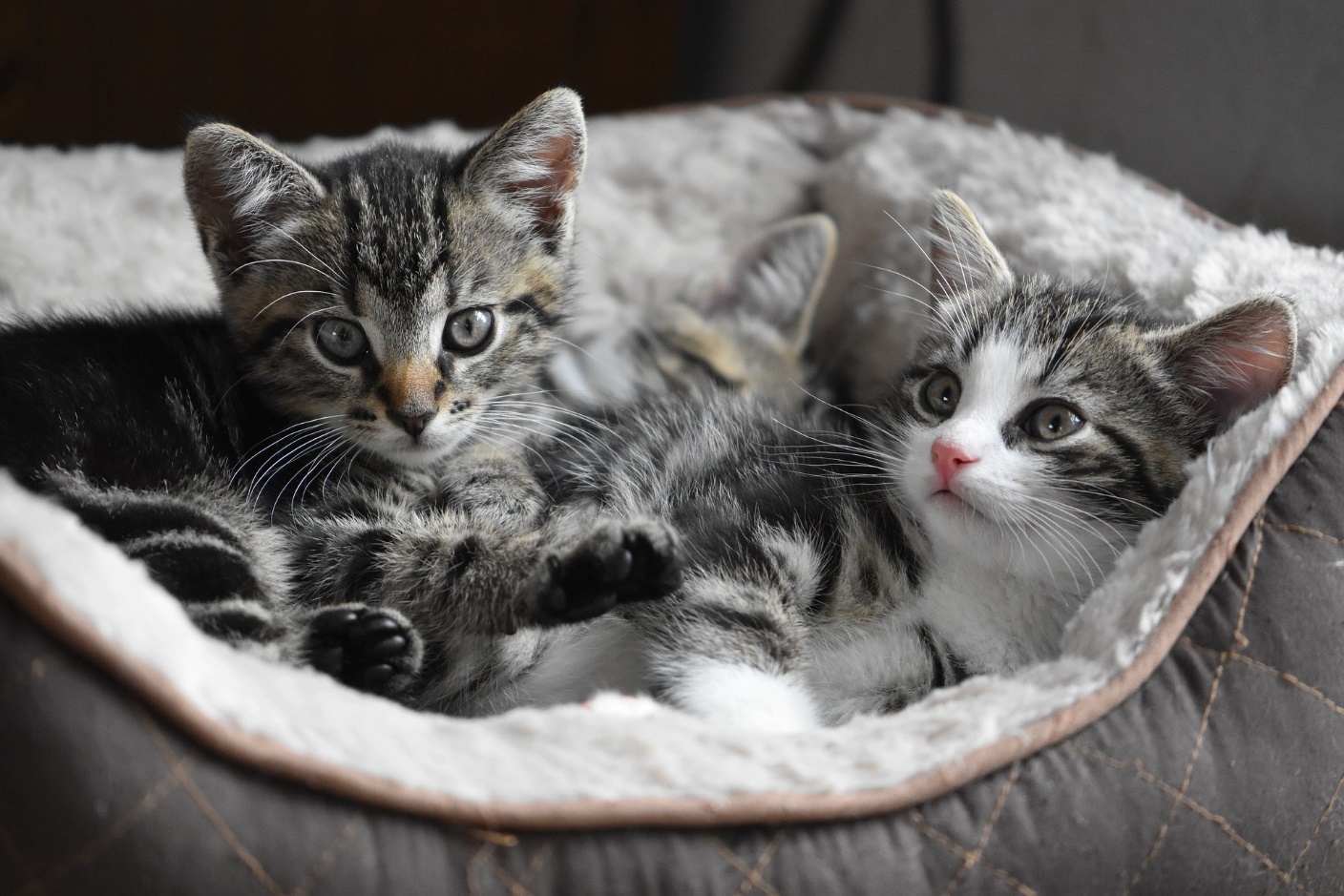Pet owners know that pets are already a part of the family, as they have made our bad days a bit easier and better.
If you’re a mom you think of other things like home areas that need organizing, throwing out the trash, checking this and that. But when you have pets, having your couch stained is inevitable.
It is annoying, and it is also frustrating, and it can also ruin your day and it can ruin your furniture. But that is one of the consequences of having a pet since they can’t hold themselves especially the younger ones.
You can wipe it or use chemicals in it, but it can damage your furniture if you are not careful. There are steps that you will need to follow in order to save your furniture from damage and so that the smell and the stain will go away properly.
Here are home and diy tips on how to clean pet stains on the couch:
1. Use a rag or cloth :
The first thing that you will need to do is to soak up as much pet stain as possible, especially if it is urine, and you can do this by using an old rug or any cloth that you are using for cleaning. This can be done no matter where on your couch the pee is located. It is easier, however, when you have a removable cushion because you can just step on it with the most weight and force to remove the seethed urine and to soak it up.
2. Deodorize :
Another step on how to clean pet stains on the couch is to deodorize. You can do this by mixing 4 parts of water and 1 part of distilled white vinegar, you can then naturally and easily deodorize your couch cushion and you can give it a good cleaning.
Vinegar does smell, but it is known to be the #1 natural household cleaner and it is a great product to use in every laundry, no matter how much load it is. You will be able to smell the strong scent of vinegar as you apply it on the couch and use it to clean it but after washing it up, the smell will be gone, along with the smell of pet stains. This may be a strange solution, but it does the work well.
So, with using an old rug or a cloth, you can just wipe the stain and rub the vinegar into the pee spot until you have covered the spot, you can then scrub the vinegar on it. If you see a dry pee spot, then there is no need for you to drain it or soak it out, instead you can go straight to scrubbing the spot with vinegar of you can also spray it with a vinegar and water solution, soak it up and then scrub it.
3. Moisture and odor removal :
For this step on how to clean pet stains on the couch, you will need two ingredients: Baking soda and lavender essential oil. These two ingredients have the power of natural ingredients and when they are mixed together they can accomplish the odor and restoration goal that you have for your couch.
You just need to measure about 1 cup of baking soda, one that is enough for at least a spot size that is about as big as one cushion and then you can add around 15 to 20 drops of lavender essential oil per 1 cup of water, or you can also adjust the amount depending on how much you need.
You can then blend this mixture by using a fork to evenly distribute the lavender essential oil with the baking soda. You can then gently sprinkle the mixture onto the stained area on the couch.
4. Let it sit in :
After pouring the mixture in, you just let it sink in and sit for several hours or you can also do it overnight in order for it to dry out, soak up and absorb the odor of the stain. You can come back and vacuum all of the residues and you will see that it will be good as new, and it will also smell great.
5. You can use a liquid dishwashing detergent :
If you are not too keen with the vinegar, baking soda, and lavender essential oil solution, then you can try another solution that is guaranteed to work. This involves using liquid dishwashing detergents. You need to take at least 1 cup of warm water and mix it with ¼ teaspoon of whatever dishwashing liquid that you have in your kitchen.
Remember that laundry detergent and hand soap will not work for this kind of stain. Pour the mixture into a spray bottle and you can spray the affected area. Once the mixture has soaked into the stain after a few minutes then you can use a cloth to wipe it up. Use warm water to rinse the area.
Read Also :























